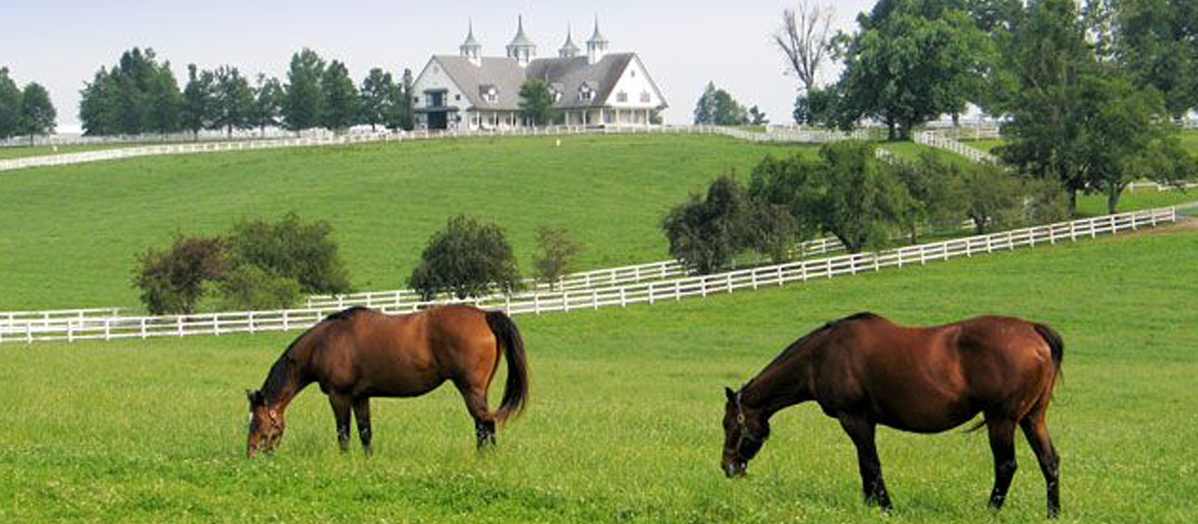365
Days in Horse Country – Miniature Horses

The Miniature Horse is a diminutive copy of a
regular-sized horse. It originated in
Europe when, in the 1600s, small horses were bred as pets for the rich. Some of these mini equines found their way to
Dutch and English coal mines in the 1700s, where they were enlisted to pull
carts underground. These “pit ponies”,
as they were called, rarely saw the light of day, and they were even stabled
underground.
Valued as mining horses, pit ponies were brought to North America in the 1900s and put to work pulling coal wagons in the Appalachian Mountains. Eventually, Shetland Ponies were bred to them, which resulted in the modern Miniature Horse.
Another type of Miniature Horse, the Falabella, was created in Argentina, in the rugged Argentine Pampas. Measuring no more than 40 inches (1 m) at the withers, the Falabella looked just like a regular-sized horse, in miniature. In 1970, twenty-five Falabellas were imported to the United States, and a breeding program started in Pennsylvania. The breed is considered rare, with only 900 horses alive today.
In the United States, the Miniature Horse became a recognized breed in 1971 by the American Miniature Horse Registry. In 1978, another breed registry, the American Miniature Horse Association, was also founded. In 1973, The Falabella Horse Association was created.
All horse colours are eligible for registration with these organizations, including pinto and Appaloosa patterns.
Driving is a popular activity for owners of Miniature Horses, who are too small to be ridden by anyone but very young children. They can be trained for different kinds of driving, including trail driving, parade driving, and single or multiple hitch. They are shown in open or country pleasure, obstacles, and roadster classes, too.
The most common function for Miniature Horses is as pets. Many people who don’t have room or finances for a full-size horse keep Minis as companions.
Michael







